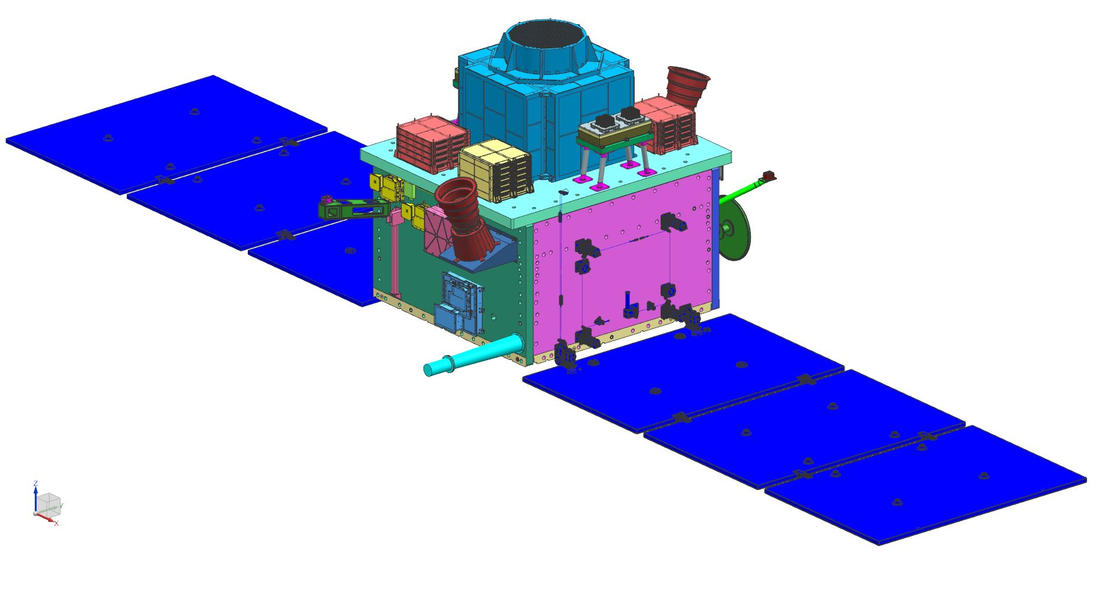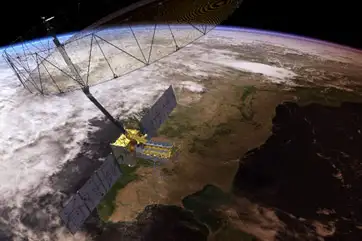Get all the ISRO related updates about upcoming events at one place!

Gaganyaan project envisages demonstration of human spaceflight
capability by launching crew of 3 members to an orbit of 400 km for
a 3 days mission and bring them back safely to earth, by landing in
Indian sea waters.
The project is accomplished through an optimal strategy by
considering inhouse expertise, experience of Indian industry,
intellectual capabilities of Indian academia & research institutions
along with cutting edge technologies available with international
agencies. The pre-requisites for Gaganyaan mission include
development of many critical technologies including human rated
launch vehicle for carrying crew safely to space, Life Support
System to provide an earth like environment to crew in space, crew
emergency escape provision and evolving crew management aspects for
training, recovery and rehabilitation of crew.
Various precursor missions are planned for demonstrating the
Technology Preparedness Levels before carrying out the actual Human
Space Flight mission. These demonstrator missions include Integrated
Air Drop Test (IADT), Pad Abort Test (PAT) and Test Vehicle (TV)
flights. Safety and reliability of all systems will be proven in
unmanned missions preceding manned mission.

XPoSat (X-ray Polarimeter Satellite) is India’s first dedicated
polarimetry mission to study various dynamics of bright astronomical
X-ray sources in extreme conditions. The spacecraft will carry two
scientific payloads in a low earth orbit. The primary payload POLIX
(Polarimeter Instrument in X-rays) will measure the polarimetry
parameters (degree and angle of polarization) in medium X-ray energy
range of 8-30 keV photons of astronomical origin. The XSPECT (X-ray
Spectroscopy and Timing) payload will give spectroscopic information
in the energy range of 0.8-15 keV.
XPoSat payloads:
POLIX: POLIX is an X-ray Polarimeter for astronomical observations
in the energy band of 8-30 keV. The payload is being developed by
Ramam Research Institute (RRI), Bangalore in collaboration with U R
Rao Satellite Centre (URSC). The instrument is made of a collimator,
a scatterer and four X-ray proportional counter detectors that
surrounds the scatterer. The scatterer is made of low atomic mass
material which causes anisotropic Thomson scattering of incoming
polarised X-rays. The collimator restricts the field of view to 3
degree x 3 degree so as to have only one bright source in the field
of view for most observations. POLIX is expected to observer about
40 bright astronomical sources of different categories during the
planned lifetime of XPoSat mission of about 5 years. This is the
first payload in the medium X-ray energy band dedicated for
polarimetry measurements.
XSPECT: XSPECT is an X-ray SPECtroscopy and Timing payload onboard
XPoSat, which can provide fast timing and good spectroscopic
resolution in soft X-rays. Taking advantage of the long duration
observations required by POLIX to measure X-ray polarization, XSPECT
can provide long-term monitoring of spectral state changes in
continuum emission, changes in their line flux and profile,
simultaneous long term temporal monitoring of soft X-ray emission in
the X-ray energy range 0.8-15 keV. An array of Swept Charge Devices
(SCDs) provide an effective area >30 cm2 at 6 keV with energy
resolution better than 200 eV at 6 keV. Passive collimators are used
to reduce the background by narrowing the field of view of XSPECT.
XSPECT would observe several types of sources viz X-ray pulsars,
blackhole binaries, low-magnetic field neutron star (NS) in LMXBs,
AGNs and Magnetars.

NASA-ISRO SAR (NISAR) is a Low Earth Orbit (LEO) observatory being jointly developed by NASA and ISRO. NISAR will map the entire globe in 12 days and provide spatially and temporally consistent data for understanding changes in Earth’s ecosystems, ice mass, vegetation biomass, sea level rise, ground water and natural hazards including earthquakes, tsunamis, volcanoes and landslides. NISAR. It carries L and S dual band Synthetic Aperture Radar (SAR), which operates with Sweep SAR technique to achieve large swath with high resolution data. The SAR payloads mounted on Integrated Radar Instrument Structure (IRIS) and the spacecraft bus are together called an observatory. Jet Propulsion Laboratories and ISRO are realizing the observatory which shall not only meet the respective national needs but also will feed the science community with data encouraging studies related to surface deformation measurements through repeat-pass InSAR technique.